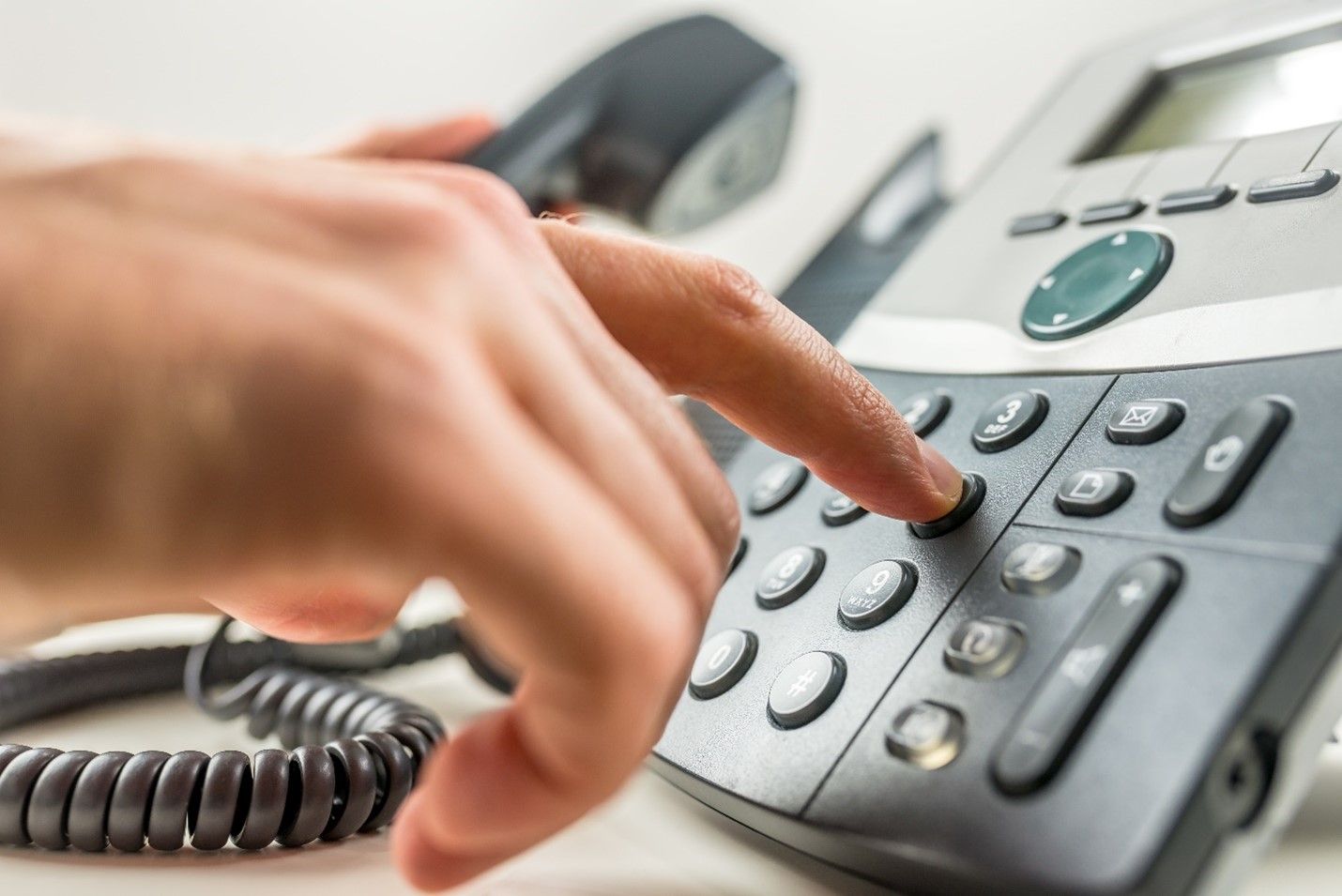Keeping Your IVR System Organized

Interactive Voice Response (IVR) is an automated phone system that greets and guides callers to the appropriate recipient. Using a series of greetings and recorded phone prompts, the caller can navigate through a menu to reach the right department, person, or information.
The benefits of IVR
There are many benefits to using an IVR system to manage your inbound calls. It saves time by ensuring the caller reaches the right person or information quickly and smoothly. IVR eliminates wait times and responds to every caller immediately.
It can save time. Your staff can focus on core competencies instead of scrambling to answer calls. It can save your business money by not having to hire a full-time receptionist to manage calls. Plus, your IVR will work around the clock, providing information to callers when they need it.
When done professionally, your recorded phone prompts can greet, engage, and impress callers. You can also personalize your prompts to showcase your brand voice.
The potential drawbacks of IVR
While the IVR technology can be an effective way to manage inbound calls, it must be organized and professional. Having a disorganized IVR can result in the caller being led to the wrong recipient or getting the same information repeatedly. If you don’t keep it updated, callers can reach employees who don’t work there anymore or receive information that is no longer valid. A disorganized phone prompt system will frustrate callers and that isn’t good for business.
How your IVR menu prompts sound also matters. Cold, robotic greetings and phone prompts can quickly diminish a caller’s experience. Instead, your greetings and prompts should be warm, friendly, helpful, and professional.
How you can keep things organized
Listen to your IVR prompts
The first thing you can do is call your organization and experience the IVR from a caller’s perspective. Take yourself through the menu and take note of anything that should be changed or streamlined. Listen carefully. You might find subtle changes that could benefit the customer. Read more about why you should listen to your own automated phone system.
In the past, we have completed recordings for automated phone systems, only to have the client request revisions because they missed important updates. Not only does this take more time, but it costs more too.
Create a visual map of how calls move through your IVR system
You can also create a flowchart or visual map of your IVR menu. A visual map can show all the outcomes as a person navigates through the automated phone system’s menus, starting from the initial greeting. Knowing how a call moves through your IVR system can help you keep things organized and up-to-date. If something changes, you can change it on your map and the system itself to keep a record of changes.
You can check out these simple IVR call flow diagrams and find a template that works best for your organization.
Invest in professionally recorded phone prompts
If you listen to your IVR prompts and don’t like what you hear, it’s likely your customers won’t either. The voice-over should be warm, helpful, and professional. They shouldn’t speak too quickly or too slowly and not sound like an indifferent robot. At On Air, we can help you choose a voice that will best match your organization’s brand image. Your automated phone prompts can be personalized to suit your business – and could make the difference between a happy caller and an unhappy one.
